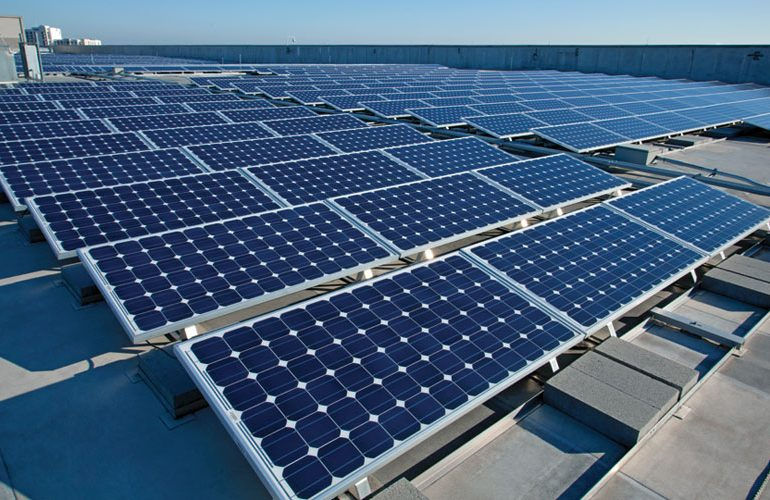Industrial Solar Energy Systems for Sustainable and Cost-Effective Operations
- Reon Energy
- Jun 6, 2023
- 2 min read
Industrial solar energy systems are an increasingly popular choice for businesses looking to reduce their carbon footprint and lower energy costs. By harnessing the power of the sun, Reon Energy offers industrial solar energy system to provide a clean and sustainable source of electricity for industrial operations in Pakistan.
In this article, we will explore the components, sizing considerations, installation process, advantages, challenges, case studies, and future prospects of industrial solar energy systems.
Components of an Industrial Solar Energy System
An industrial solar energy system consists of several key components that work together to convert sunlight into usable electricity. The primary components include:
1. Solar Panels: These are the heart of the system, comprising photovoltaic cells that convert sunlight into direct current (DC) electricity.
2. Inverters: These devices convert the DC electricity produced by the solar panels into alternating current (AC) electricity, which can be used by industrial equipment.
3. Batteries: In some cases, industrial solar energy systems may include battery storage to store excess electricity generated during the day for use during periods of low sunlight or high demand.
4. Mounting Structures: Solar panels need to be securely mounted on rooftops, carports, or ground-mounted structures to optimize sunlight exposure and ensure stability.
5. Monitoring System: A monitoring system allows real-time tracking of the energy production and performance of the solar energy system, helping identify and address any issues promptly.
Sizing and Design Considerations
To design an effective industrial solar energy system, it is crucial to accurately size the system according to the energy requirements of the industrial facility. This involves:
Determining the energy needs of the facility by analyzing historical energy consumption data.
Calculating the system size based on factors such as available roof or ground space, solar irradiation levels, and shading considerations.
Optimizing the system design to maximize efficiency and minimize losses, considering factors like panel orientation, tilt angle, and wiring configuration.
Challenges and Considerations
While industrial solar energy systems offer numerous benefits, there are some challenges and considerations to keep in mind:
1. Initial Cost and Return on Investment: The upfront cost of installing an industrial solar energy system can be significant. However, it's important to consider the long-term return on investment through energy savings and potential incentives or tax credits.
2. Space Requirements and Panel Placement: Industrial facilities need ample roof space or available land for solar panel installation. Additionally, factors like shading from nearby buildings or trees can impact the system's performance and should be carefully evaluated.
3. Maintenance and Monitoring: Regular maintenance, such as cleaning the panels and inspecting the components, is essential to ensure optimal system performance. Monitoring the system's performance allows prompt identification of any issues that may arise.
Conclusion
Industrial solar energy systems offer a sustainable and cost-effective solution for businesses seeking to reduce their environmental impact and energy costs. By harnessing the power of the sun, these systems provide clean and reliable electricity for industrial operations. Despite initial costs and considerations, the advantages and long-term benefits make industrial solar energy systems a compelling choice for industries of all sizes.




Comments